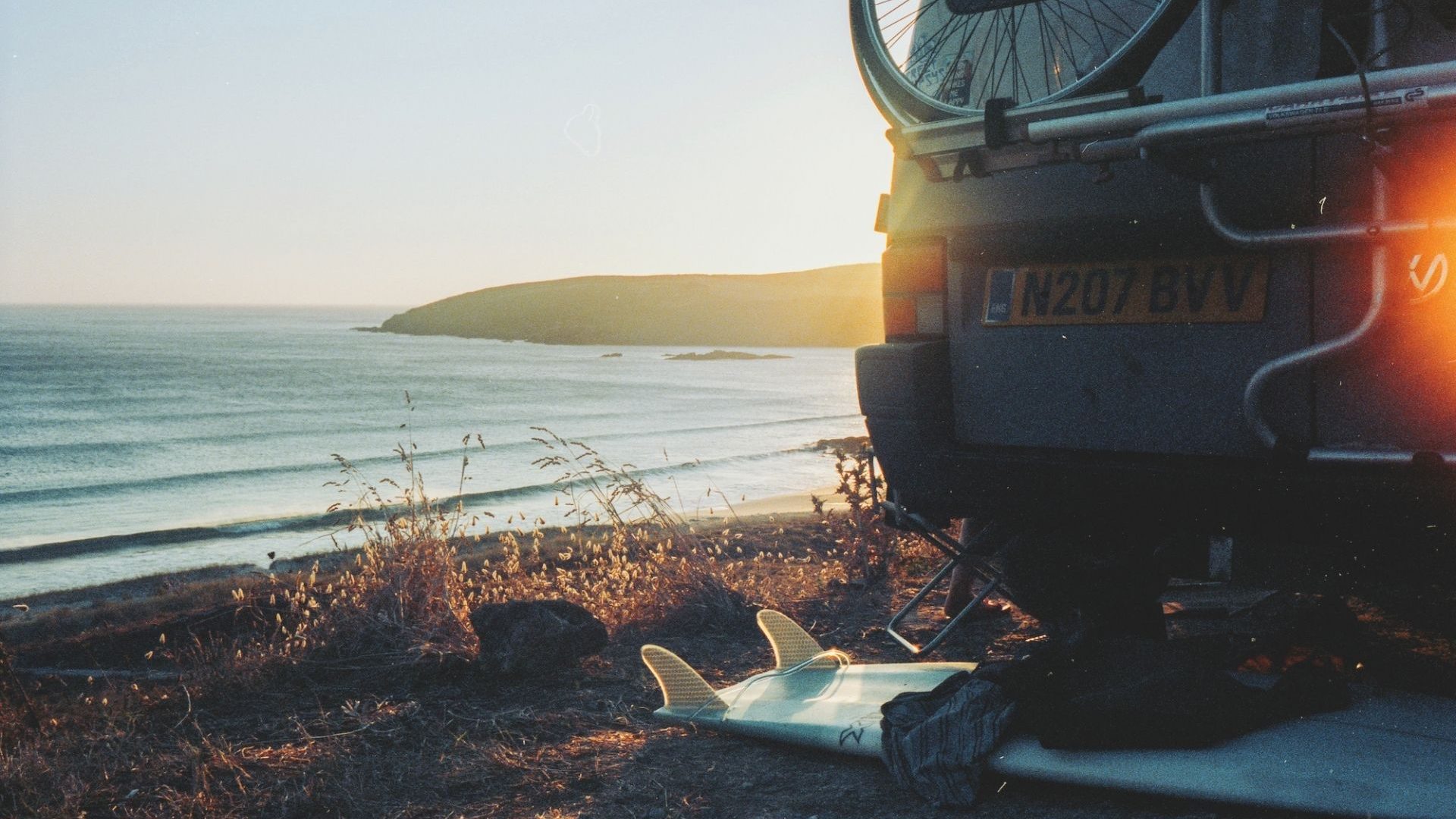
Spoiler alert: the perfect adventure van doesn’t exist. But don’t worry—expert Calum Creasey has some suggestions for you.

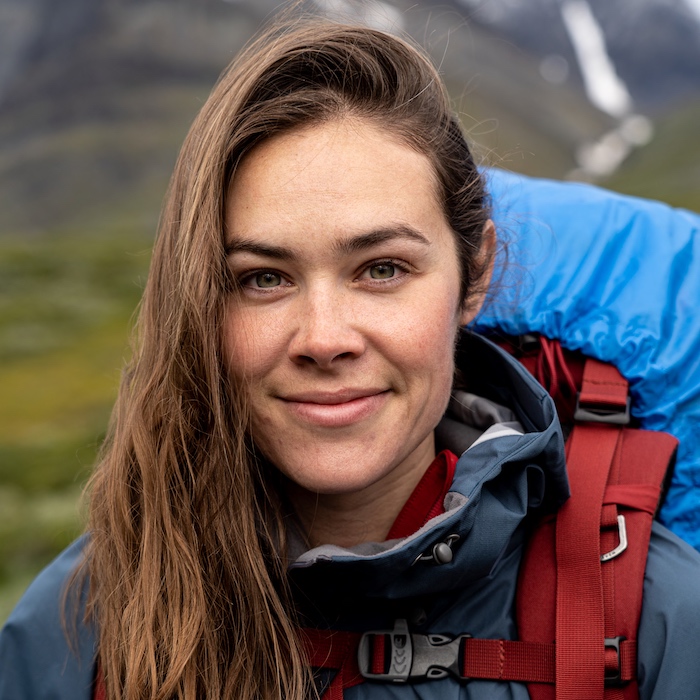
Spoiler alert: the perfect adventure van doesn’t exist. But don’t worry—expert Calum Creasey has some suggestions for you.
On social media, you usually see vans parked in epic places, with plush interiors straight out of the pages of a home design magazine. But a campervan doesn’t have to have running water or a built-in bed to be an adequate adventuremobile—or even a full-time home.
If you ask Calum Creasey, an author and British campervan builder, an air mattress is all you really need.
“The first van that I had, it was so simple,” he tells me. “I don’t think the van cost me £700 [USD$900]. I was still a teenager at the time, so my budget was super-small.”
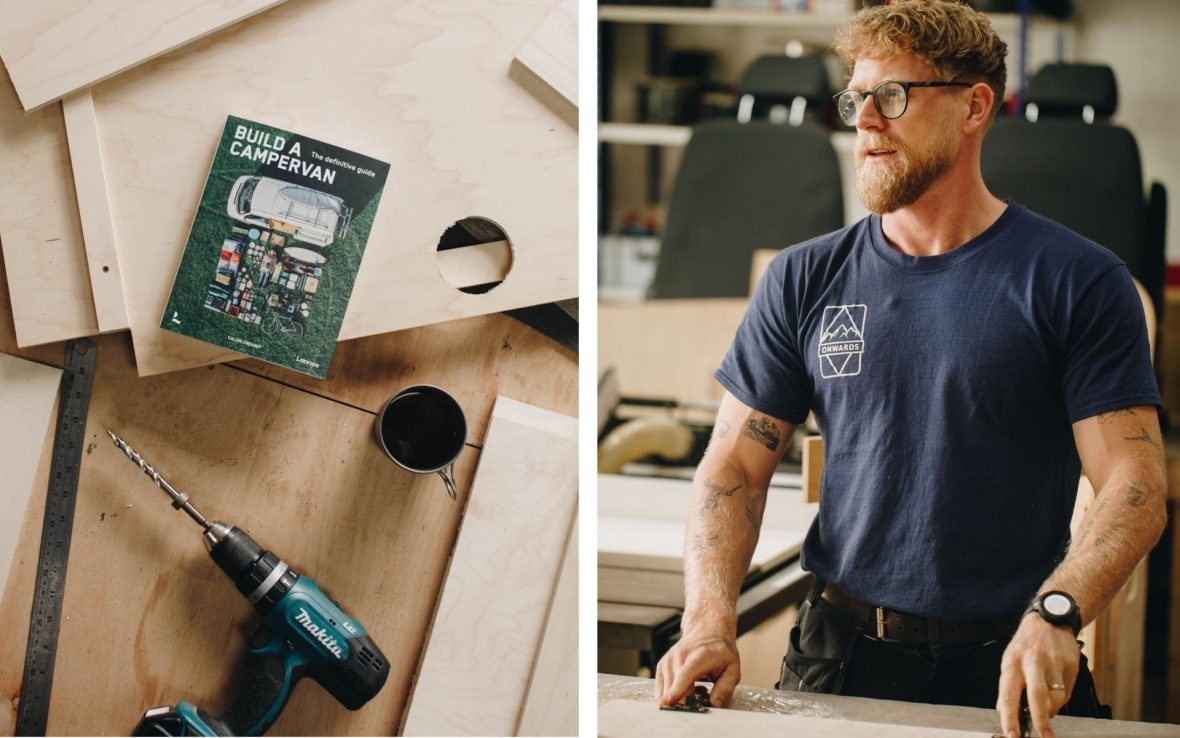
Creasey, co-founder of Onwards Adventure Vehicles which converts vans into rolling homes, recently authored Build a Campervan: The Definitive Guide. It’s a “self-development book disguised as a how-to-build-a-campervan book,” he says. Onwards Adventure Vehicles builds vans with a simple, easy-on-the-eye aesthetic and clever space solutions to maximize each area of the van.
“I hope that people go through the process and they learn a lot more about themselves and how to overcome challenges and be more practical,” he tells me.
Creasey has built over 30 vans in the last six and a half years. His book is a sort of bible of how to approach the task of building a home on wheels, starting with the basics like figuring out what you need your van to do for you.
“Our everyday lives are very static, and then you chuck a campervan into the mix, and no matter how ambitious your plans or trips are, you’re basically stepping out the door thinking, ‘some stuff’s gonna go wrong, some stuff’s gonna go right’”
For example, are you traveling solo, or with a partner? Do you have a child, or do you expect your family to grow soon? Do you want to take the van on short weekend trips, or long, cross-country adventures?
These answers will dictate how many seats and beds you’ll need, and what you need from lounge spaces. It’s easier to take these things into consideration before you even buy a vehicle than to try to renovate a van later on—or start from scratch—because you’ve outgrown it too quickly.
Creasey’s book also covers the hierarchy of needs: First, you need to have enough seats and seatbelts for your passengers, then enough beds. In order of ‘need to have’ to ‘nice to have’, the list continues with kitchen space, then indoor seating, storage, a toilet, and, finally, a shower.
The main thing is to make sure the van feels light and airy—regardless of what your favorite colors are, Creasey says—so that you’re happy to hang out in there on a rainy day, and able to see the world from inside. It also needs to be a reflection of you, and accommodate the way you are in your everyday life.
“You can just buy the cheapest van possible in your local community,” he says. “You know, go on all of the free ads and, and then just kit it out with stuff that you have… a blow-up mattress is all you need.”
It’s also crucial to make sure your van décor plan doesn’t leave you without an adventure budget. Having a gorgeous van won’t do all that much for you if you can’t afford to drive it anywhere.
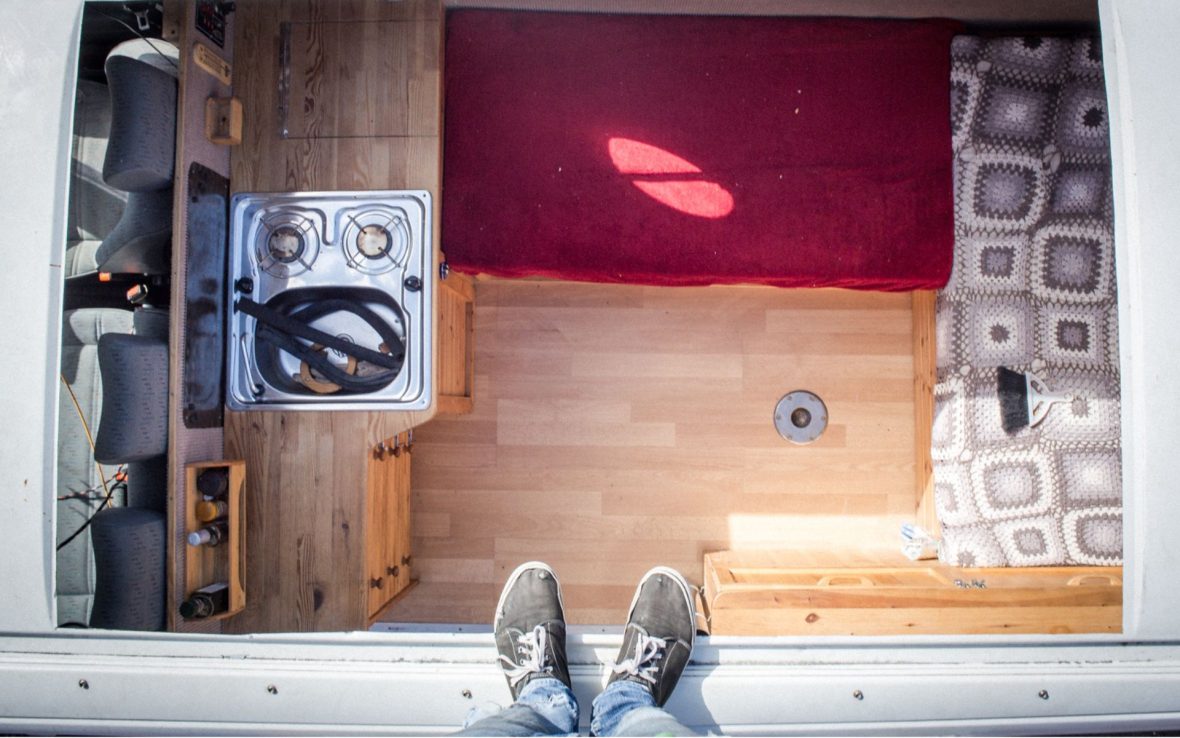
Creasey originally got the vanlife bug from camping trips with his parents as a kid. He grew up in England and his family took many trips to Cornwall in the southwest, known for its beaches and surf. He bought his first van in 2011 to go on adventures with his then-girlfriend, now-wife, Lauren, and has done many long stints of vanlifing around the UK and Europe.
It’s been a while since they’ve lived in a van full-time. Today, they live in Cornwall. Alongside the build-out business, Creasey publishes The Rolling Home Journal, a coffee table-worthy magazine about campervan roadtripping. It’s easy to see the appeal—Creasey has no issue selling the lifestyle to potential clients.
Creasey’s favorite places to camp have evolved over time. When he was younger, he loved visiting the Algarve in Portugal, and other surf towns around Europe. Now, he’s more partial to forests in inland Europe.
“Our everyday lives are very static, and then you chuck a campervan into the mix, and no matter how ambitious your plans or trips are, you’re basically stepping out the door thinking, ‘some stuff’s gonna go wrong, some stuff’s gonna go right,’” Creasey says.
People usually come back to him saying their love for the lifestyle exceeds all expectations, and very few dislike it.
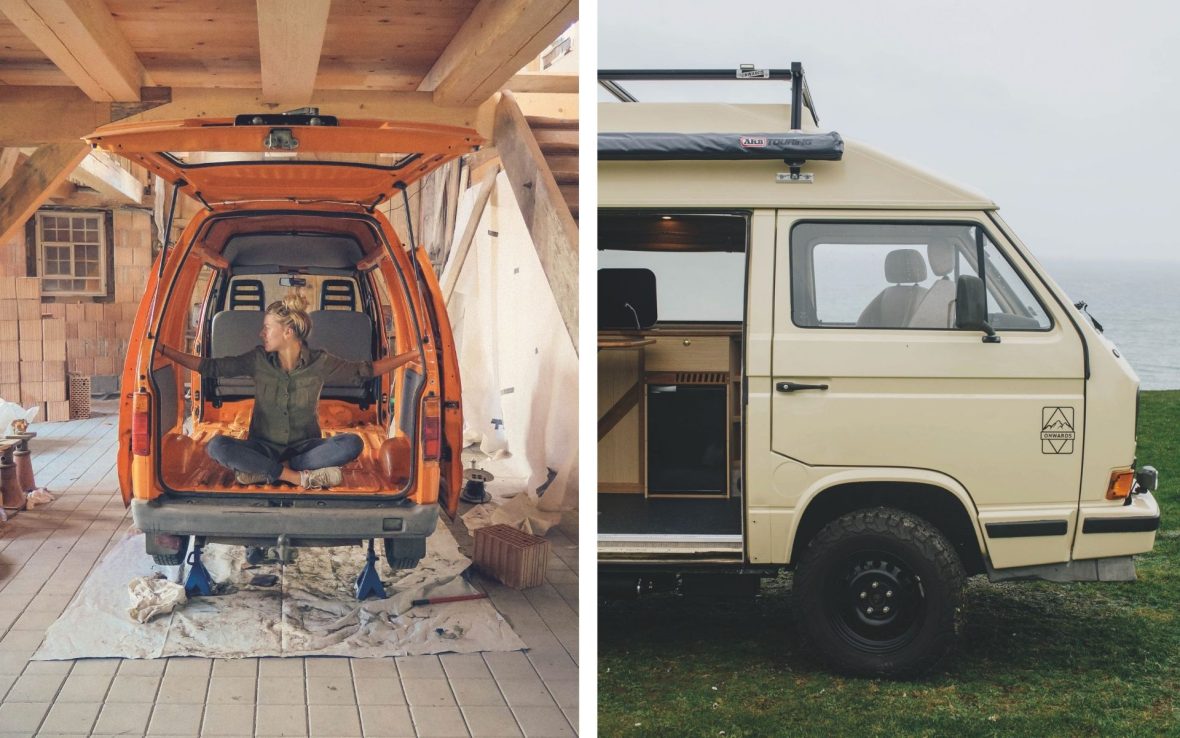
As for where to go? Some European countries, including Sweden, Norway, and Estonia, and Scotland, have a ‘right to roam’ that allows people to camp nearly anywhere they want to, as long as they respect the land and people’s privacy. That can make Europe remarkably easy for road tripping, in comparison to parts of the US and UK where free campsites can be harder to come by, or require permits or extra planning.
Creasey’s favorite places to camp have evolved over time. When he was younger, he loved visiting the Algarve in Portugal, and other surf towns around Europe. Now, he’s more partial to forests in inland Europe.
“When you’re chasing the waves in Europe, you’re used to being by the beach and living that surfer bum lifestyle,” he says. “But when you go into the interior of Europe, and get into the forests and that Scandinavian vibe—it’s just kind-of a deep breath of fresh air. It’s exactly what you need, away from the crowds. I think any of those pine forests in Sweden, or in Scandinavia, I’d take over Portugal, nowadays.”
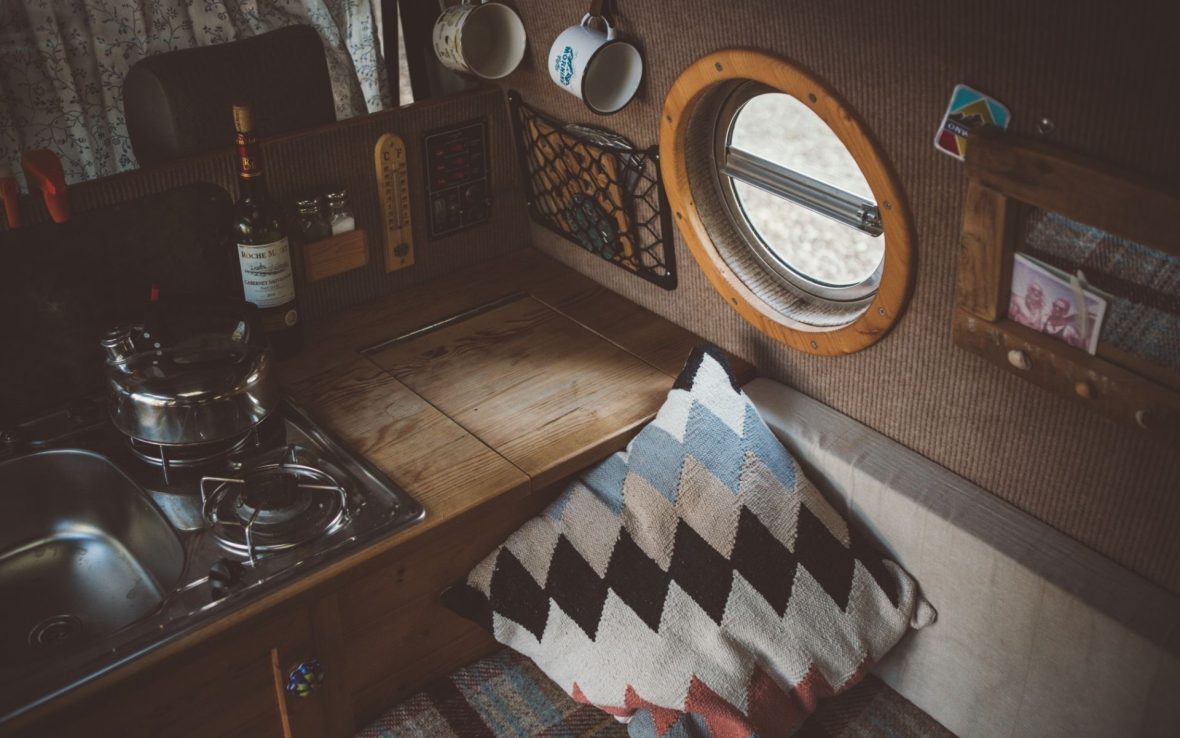
Throughout Creasey’s book, you’ll find practical advice about budgeting, project planning, materials, necessary tools, and kitchen and plumbing systems. Creasey also includes several case studies about self-built vans and their owners’ likes, dislikes, and shoulda-coulda-wouldas. Of course, there’s lots of design inspiration, too.
“What’s really awesome about selling these vans and building them for people is that it’s the easiest thing to communicate,” Creasey says. “It’s like, ‘Do you want to discover freedom? Do you want to enjoy life? Do you wanna explore cultures, eat good food?’
It “definitely puts you in touch with the unknown,” Creasey adds.
And if there’s one thing that’s certain about all that uncertainty, it’s that adventure is all but guaranteed.
***
Adventure.com strives to be a low-emissions travel publication. We are powered by, but editorially independent of, Intrepid Travel, the world’s largest travel B Corp, who help ensure Adventure.com maintains high standards of sustainability in our work and activities. You can visit our sustainability page or read our Contributor Impact Guidelines for more information.

Kassondra Cloos is a travel journalist from Rhode Island living in London, and Adventure.com's news and gear writer. Her work focuses on slow travel, urban outdoor spaces and human-powered adventure. She has written about kayaking across Scotland, dog sledding in Sweden and road tripping around Mexico. Her latest work appears in The Guardian, Backpacker and Outside, and she is currently section-hiking the 2,795-mile England Coast Path.
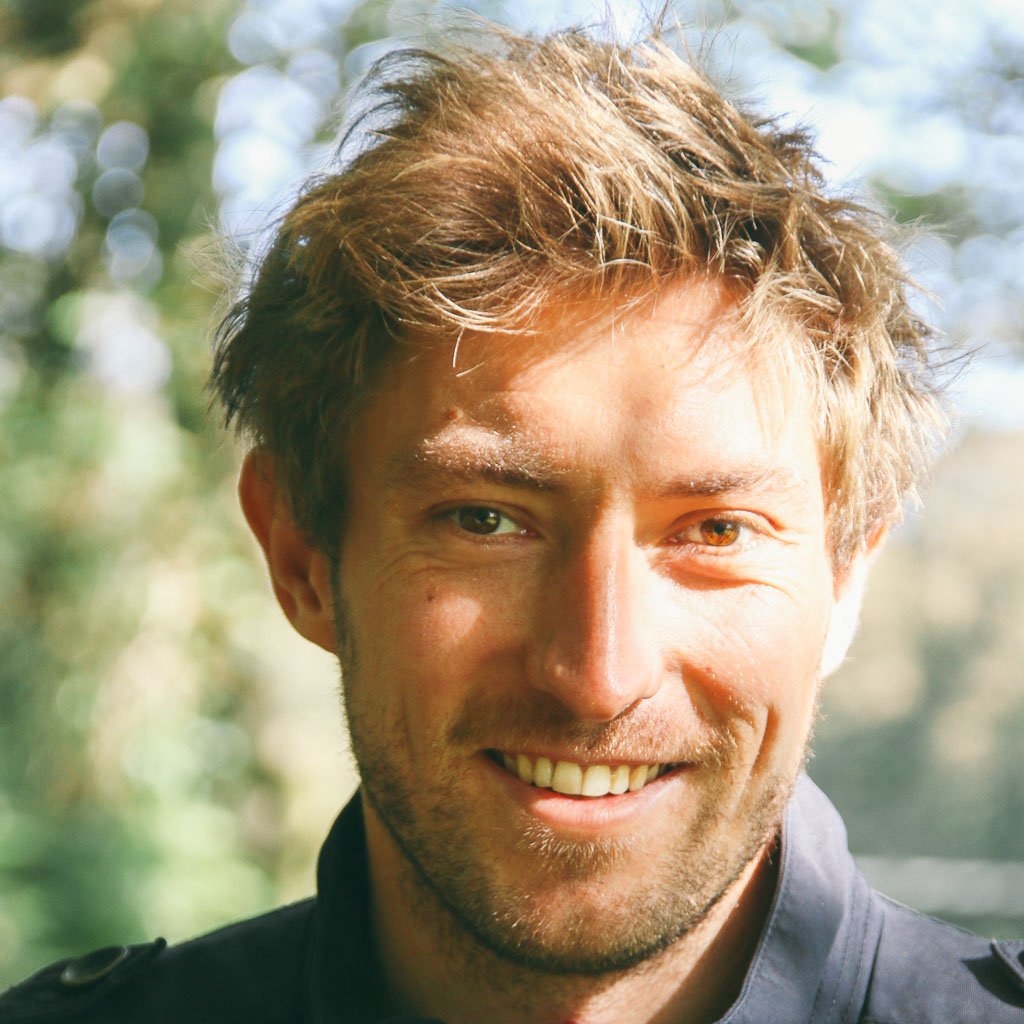



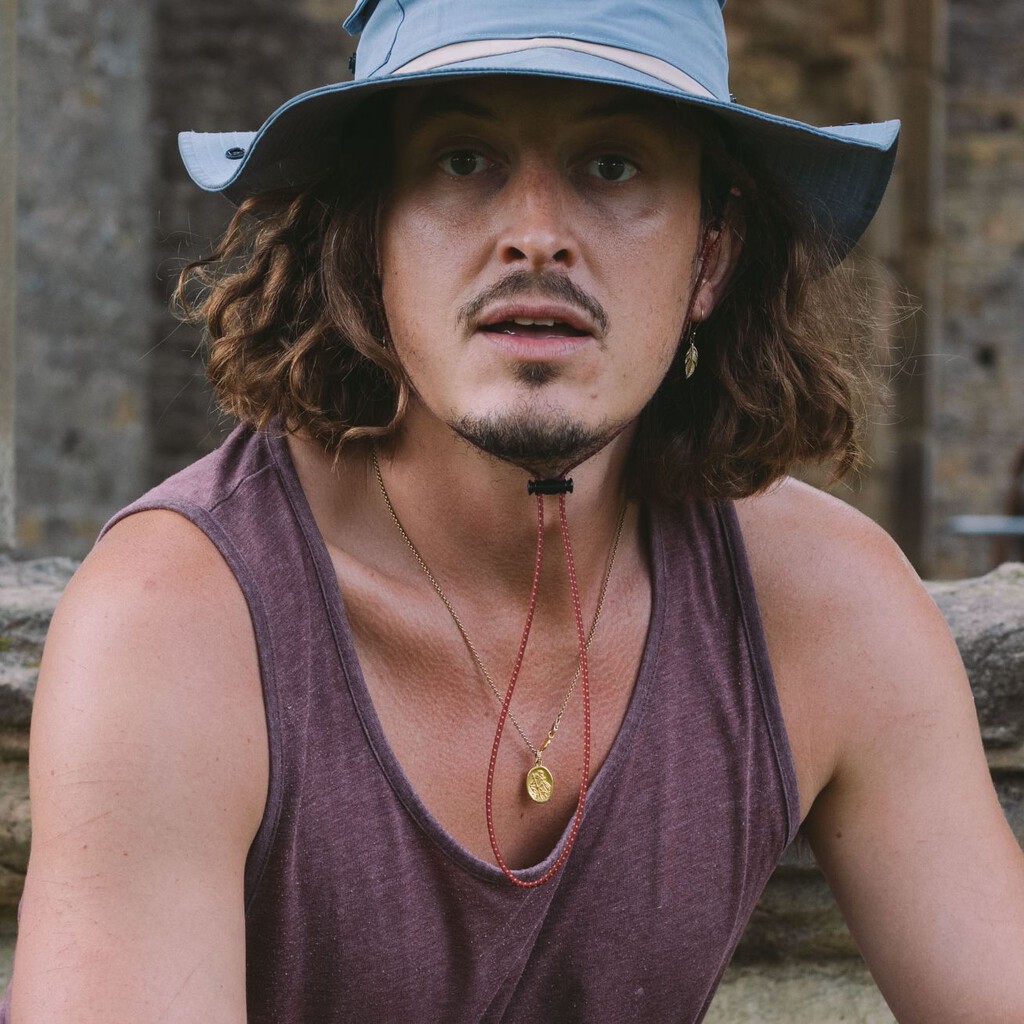

Can't find what you're looking for? Try using these tags: